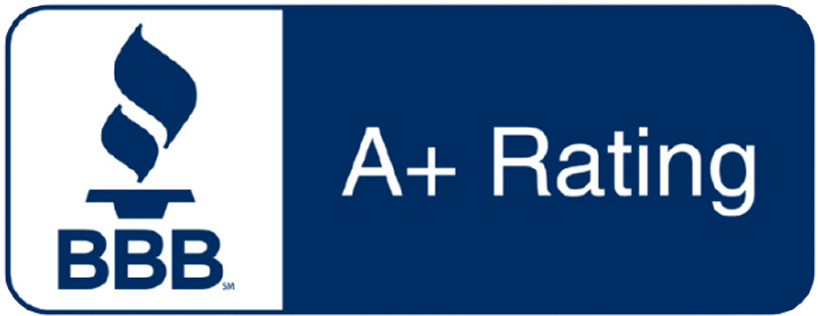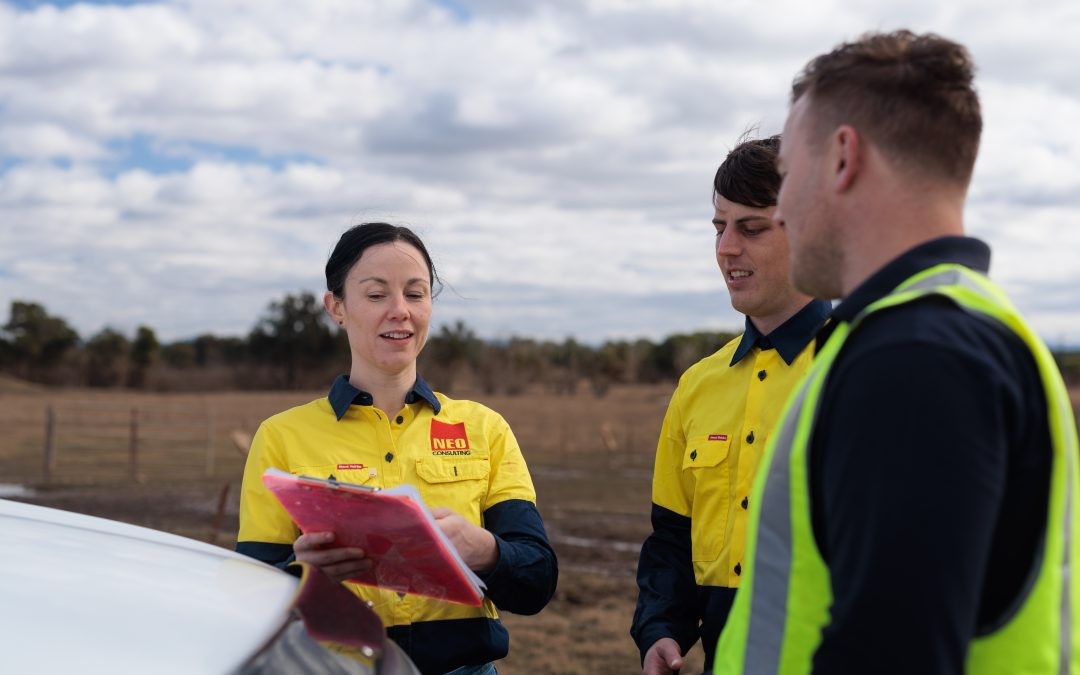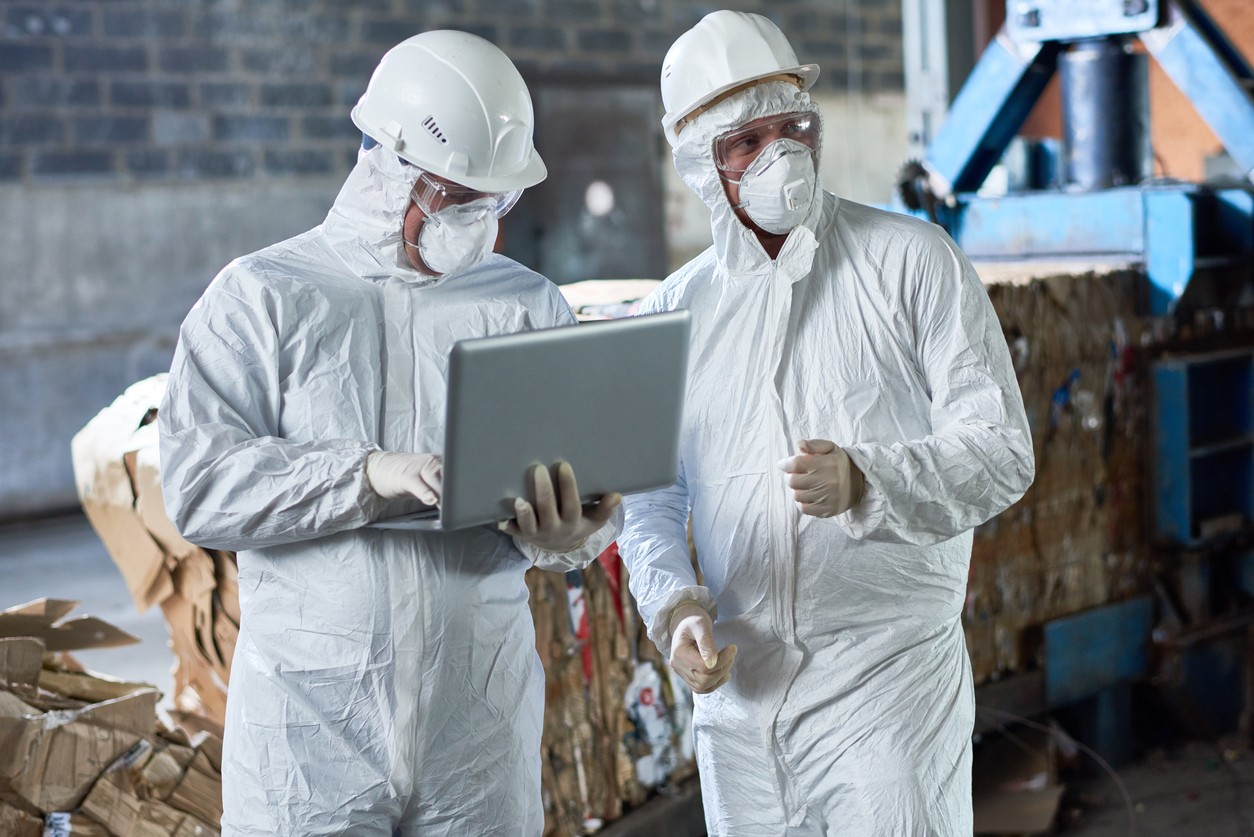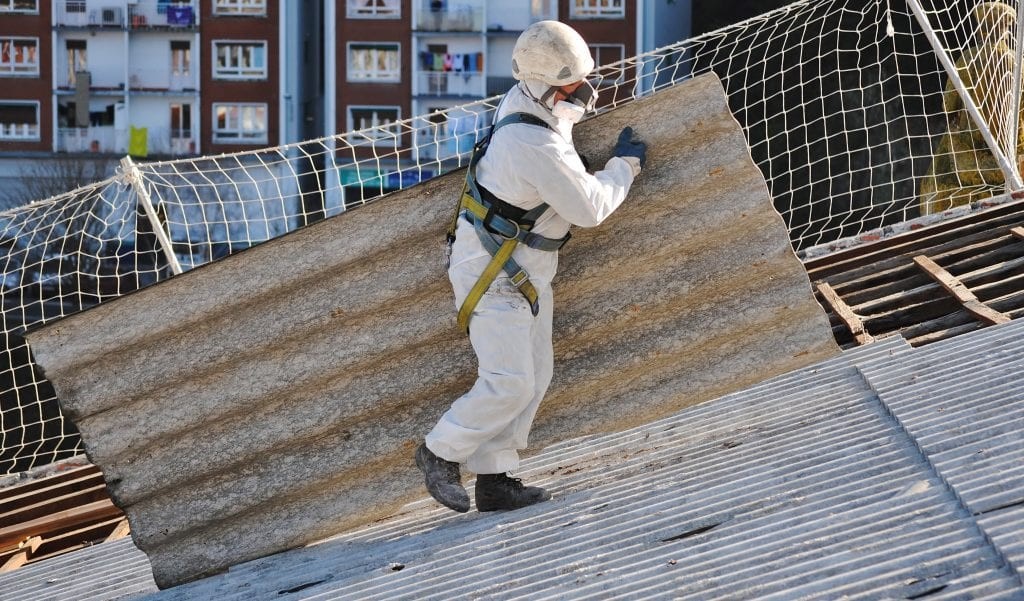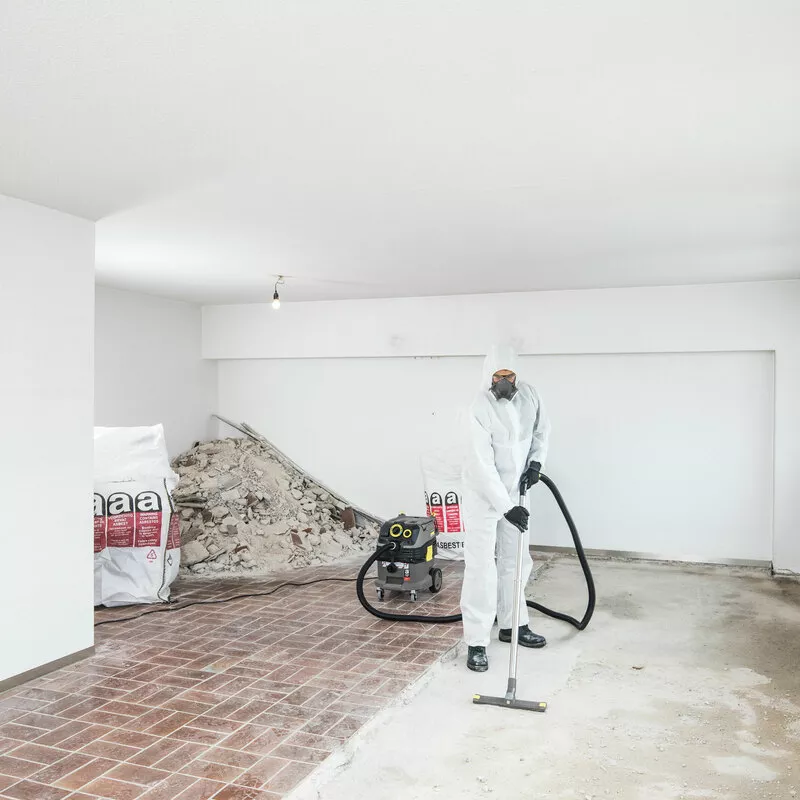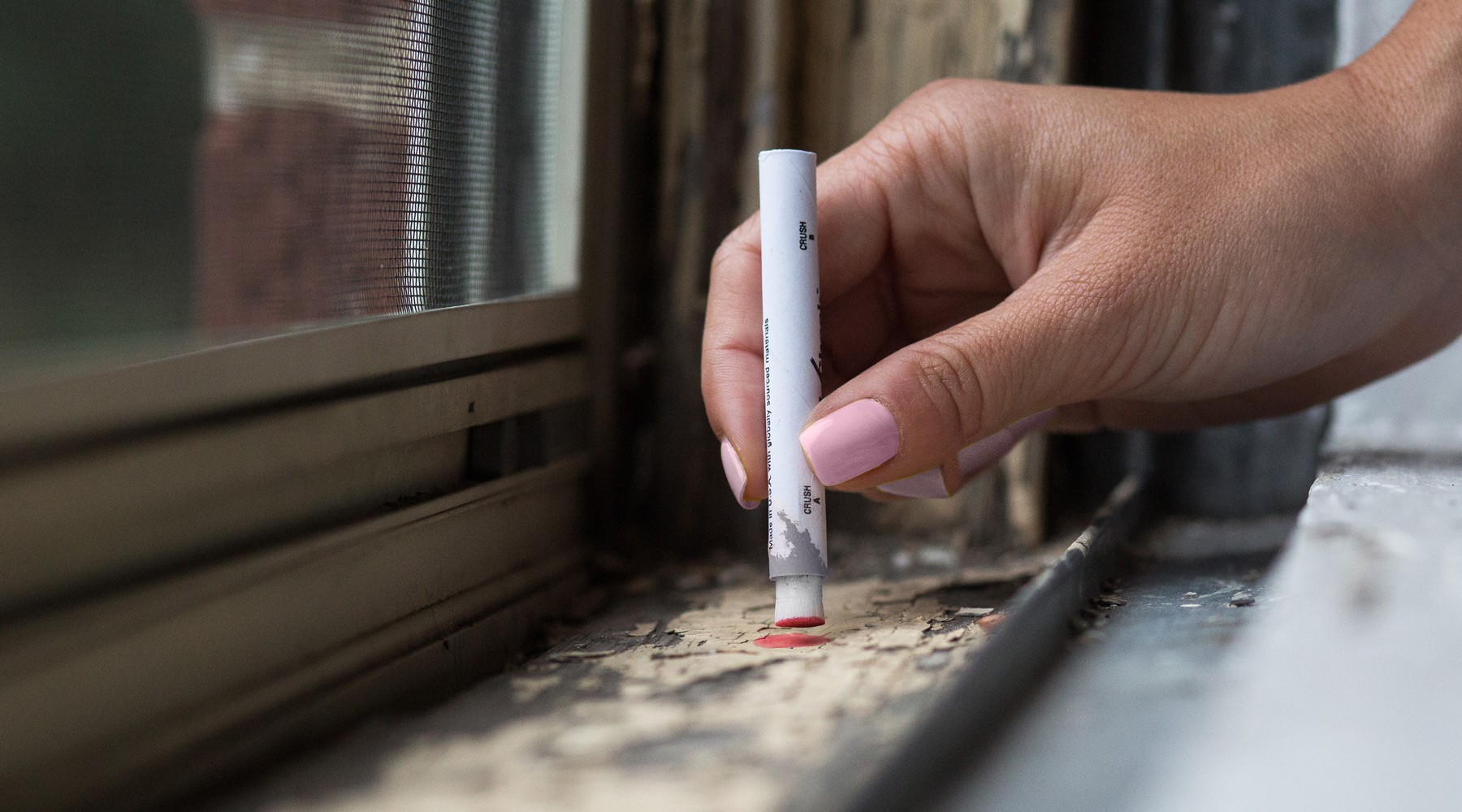What is Hazmat Surveying?
Hazmat surveying (short for hazardous materials surveying) is the process of identifying, evaluating, and documenting the presence of hazardous materials in buildings, structures, or work environments. These materials may include asbestos, lead, PCBs (polychlorinated biphenyls), mold, chemical contaminants, radioactive substances, or biohazards.
This type of survey is often a legal or regulatory requirement before demolition, refurbishment, or property transactions — but beyond compliance, it's a critical step in protecting public health and the environment.
Why Hazmat Surveys Matter
Hazardous materials pose significant health risks when disturbed. For example:
-
Asbestos, when airborne, can cause lung disease or cancer.
-
Lead-based paint is highly toxic, especially to children.
-
Mold can trigger respiratory issues and allergic reactions.
-
Chemical residues in industrial facilities can contaminate soil and water.
Identifying these risks before construction or renovation allows for proper removal and containment, ensuring that workers, occupants, and nearby communities are not exposed.
When is a Hazmat Survey Required?
A hazmat survey is typically necessary in the following scenarios:
-
Before demolition or renovation: To comply with environmental laws and safety regulations.
-
During real estate transactions: To inform buyers of potential liabilities or remediation costs.
-
For insurance or compliance audits: Especially in industrial or commercial sectors.
-
Post-disaster assessments: To check for chemical spills, mold growth, or other hazards.
What Does a Hazmat Survey Involve?
A comprehensive hazmat survey includes:
-
Initial Assessment: Reviewing building history, age, and previous environmental reports.
-
Site Inspection: Visual examination and physical sampling of suspect materials.
-
Laboratory Analysis: Samples are tested for the presence of specific hazardous substances.
-
Report Generation: Detailed documentation of findings, including location, material type, risk level, and remediation recommendations.
-
Compliance Guidance: Ensuring that the client understands their obligations under local, state, and federal laws.
Who Performs Hazmat Surveys?
These surveys must be conducted by qualified professionals, such as licensed environmental consultants, industrial hygienists, or certified hazardous materials inspectors. They possess the training and tools necessary to detect and assess hazards safely and accurately.
Common Hazmat Survey Findings
Depending on the building's age and use, a hazmat survey may identify:
-
Asbestos in insulation, floor tiles, roofing, or drywall
-
Lead in old paint or plumbing
-
Mercury in light fixtures or equipment
-
PCBs in electrical transformers
-
Mold in HVAC systems or water-damaged areas
-
Chemical residues in laboratories or industrial zones
What Happens After a Hazmat Survey?
If hazardous materials are found, the next steps typically include:
-
Risk communication to stakeholders
-
Regulatory reporting (if required)
-
Remediation planning, including containment, removal, and disposal
-
Clearance testing after cleanup to ensure the site is safe
The Bottom Line
Hazmat surveying is an essential part of any responsible property management, construction, or environmental health plan. It ensures that hidden dangers are identified before they can cause harm, helping clients stay compliant and avoid costly surprises.
Whether you're a property owner, developer, contractor, or facility manager, investing in a hazmat survey is not just about meeting regulations — it's about doing the right thing for people and the planet.
Need a Hazmat Survey?
If you’re planning a project and aren’t sure if a hazmat survey is required, it’s best to consult with a certified environmental services provider. Early assessment can prevent delays, legal issues, and safety risks down the road.

